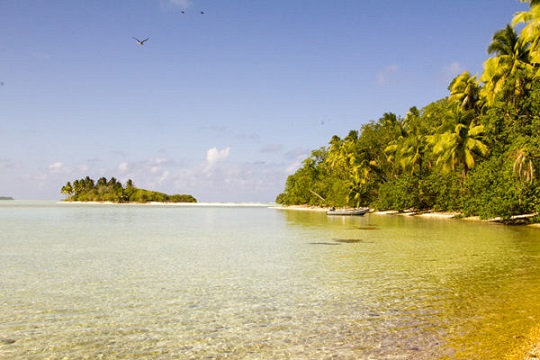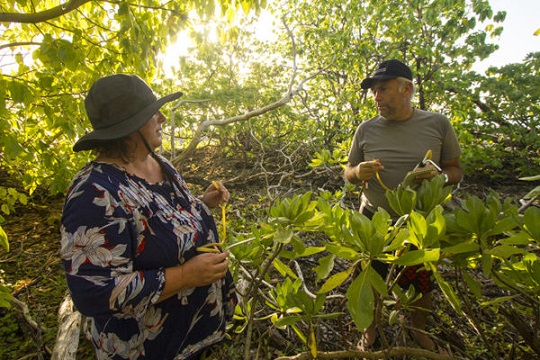Systematically Surveying the Ants of Tetiaroa
Ants are some of the best hitchhikers in the world. This is so true that in the Pacific, it’s hard to unravel whether the ants on even remote motu are native or ancient introductions with original voyagers.
Ants are some of the best hitchhikers in the world. This is so true that in the Pacific, it’s hard to unravel whether the ants on even remote motu are native or ancient introductions with original voyagers. There are now countless examples of where introduced ants have gone on to become highly invasive, such as the ‘stinging rain’ in the Pacific. Luckily, scientists are now developing the ability to eradicate ants from islands. Given what we know about the potential impacts of introduced ants, and how little we know about the ants of Tetiaroa, our research team this week are visiting the Tetiaroa Society Ecostation at the Hotel Brando on Tetiaroa to systematically survey the ants of Tetiaroa.

By systematically sampling we will be visiting every motu of the atoll to construct its individual ant species list using standardised comparable methods. Today our team of ant experts, Dr Monica Gruber from Pacific Biosecurity in New Zealand and Dr Herve Jourdan from the Institute of Research and Development in New Caledonia have visited the five most isolated south-eastern motu of Tetiaroa. On each motu we set-up pitfall traps across the motu to maximise spatial coverage as much as possible, and also undertook visual surveys to identify ants. Where time allowed bait cards were also used to attract ants in to the open.

From these motu today about 20 ant species have already been identified, although final confirmation will have to wait until they are properly identified under microscope back in the laboratory. From this census of the ants of Tetiaroa we hope to provide recommendations to the Hotel Brando on managing introduced ants on the atoll. This could include biosecurity to prevent new ant species, such as the stinging rain, arriving at Tetiaroa, or recommendations to prevent the further spread of existing ants to other motu in the atoll. If we are really lucky, we may even find a rare potentially native ant species in this far-flung corner of the Pacific.
Sourced from National Geographic
